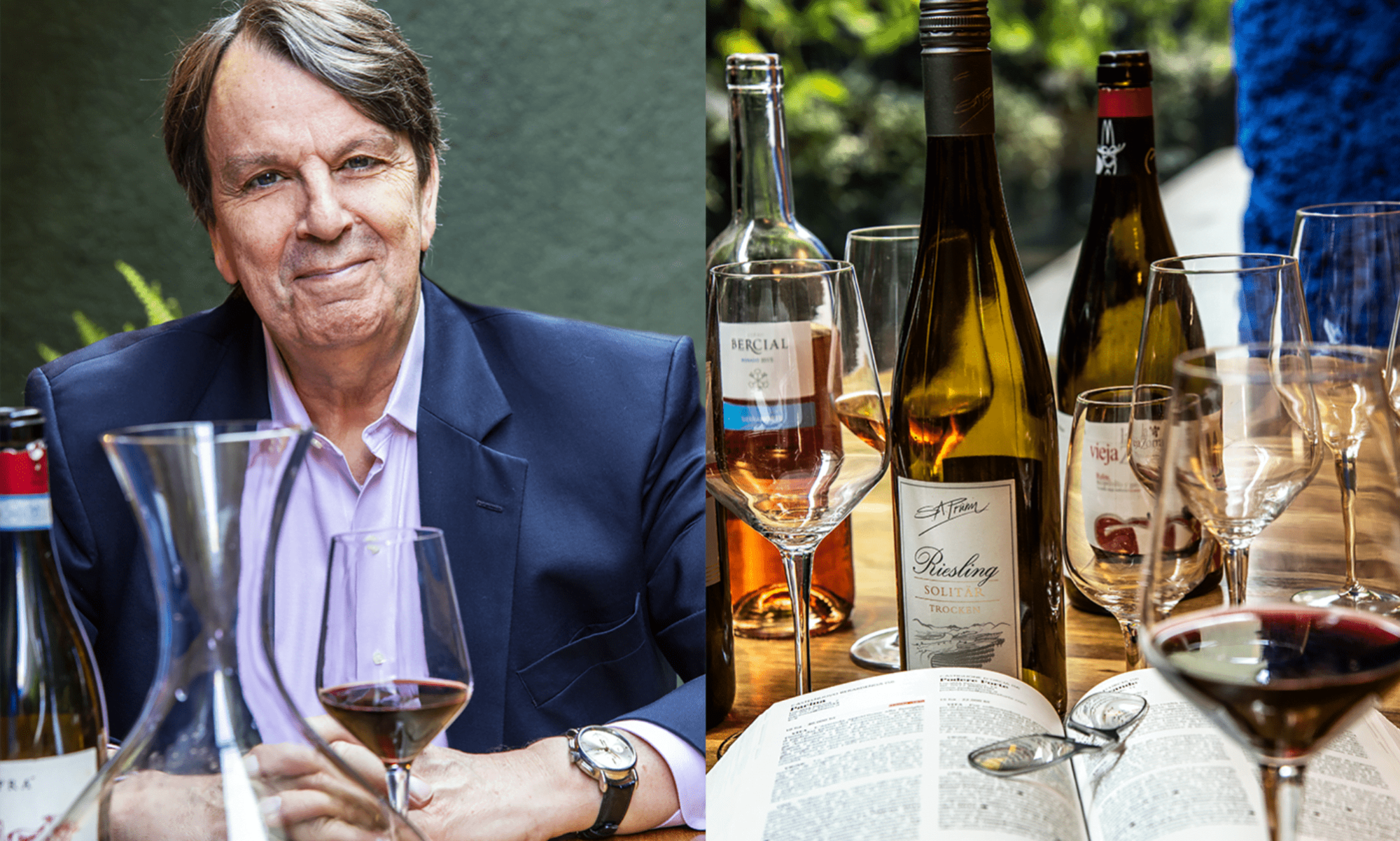In this section, I shall explain my evaluation criteria: how I taste wines.
Independence
I taste all wines independently. Frequently, I tasted the wines at the respective winery. This allows me to receive information on the wineries philosophy, and it allows to taste the wines that are offered. I do not accept free wines to take home. If I want to taste a wine again, I purchase the respective bottle. The wines I tasted include wines that I have in my private cellar. These may be wines I purchased a long time ago, or even recently.No compensation or benefits
Never will I accept compensation for tasting a wine, because I insist on being independent. Nor does anyone have an influence on how I taste and evaluate the wines. When I taste a wine, I take the time that is needed to make a fair, objective evaluation. This consists of the three elements described below. I may add some notes of the essential points that I perceived.
Wines that I have in my private cellar will normally benefit from more time for a tasting. So they can evolve over time and this may affect somewhat the result. However, when I taste a wine at a winery and have the impression that the wine would benefit from evolving in the glass, I try to do that during the visit. Usually, visits last for an hour to two hours and a half. Alternatively, I purchase a bottle and taste the wine again when back home or in the office.Three-step evaluation
My evaluation follows a three-step approach: visual, olfactory and palate. I analyse the wines objectively. in other words, the question of whether I “like” the wine or not does not really play a role. I assess technical criteria.Visual
The visual examination consists of checking the wine’s color and appearance. This includes the typicity of the color for the wine (considering its age), clearness, transparency or opacity etc. The scale is up to 16 points for the visual aspect. A wine that is decently made will usually obtain 16 points. If the color is strange, or the wine is cloudy or hazy, this is likely to lead to a certain reduction. Maximum points for visual are 16.Olfactory
The olfactory examination consists of the aromas and odours perceived through the nose. I will check what aromas I can detect. I will evaluate the quality (up to 16 pt.), intensity (up to 4 pt.) and persistence (up to 8 pt.) of the olfactory elements. Maximum points for the olfactory examination are 24. Decently made wines normally achieve 20, sometimes 21 or 22. Only really exceptional wines will receive more.
Palate
The examination of the palate is the most complex one. This consists of elements like sugars, acidity, impressions of the alcohol, smoothness and roundness, body and tannins. The result of this examination leads to the notes given for four different aspects: intensity (16 pt.), quality (16 pt.), persistence (12 pt.) and overall harmony (16 pt.). Overall maximum points for the palate evaluation is 60 pt.
Thus, the total number of points in my scale of evaluation is 100 points.


Comments are closed.